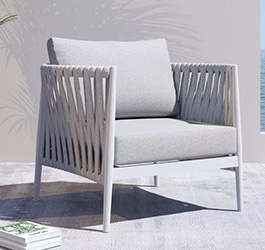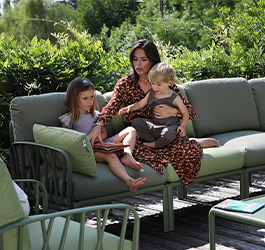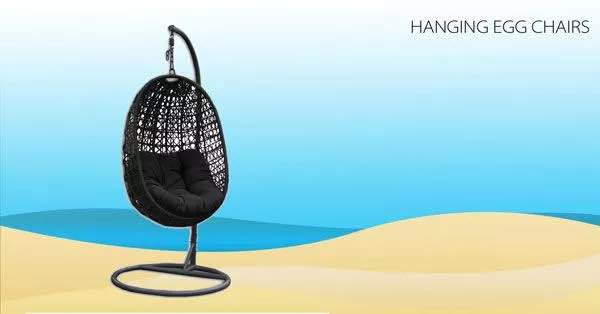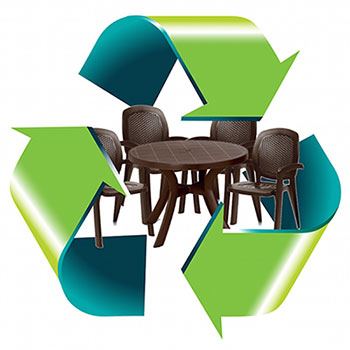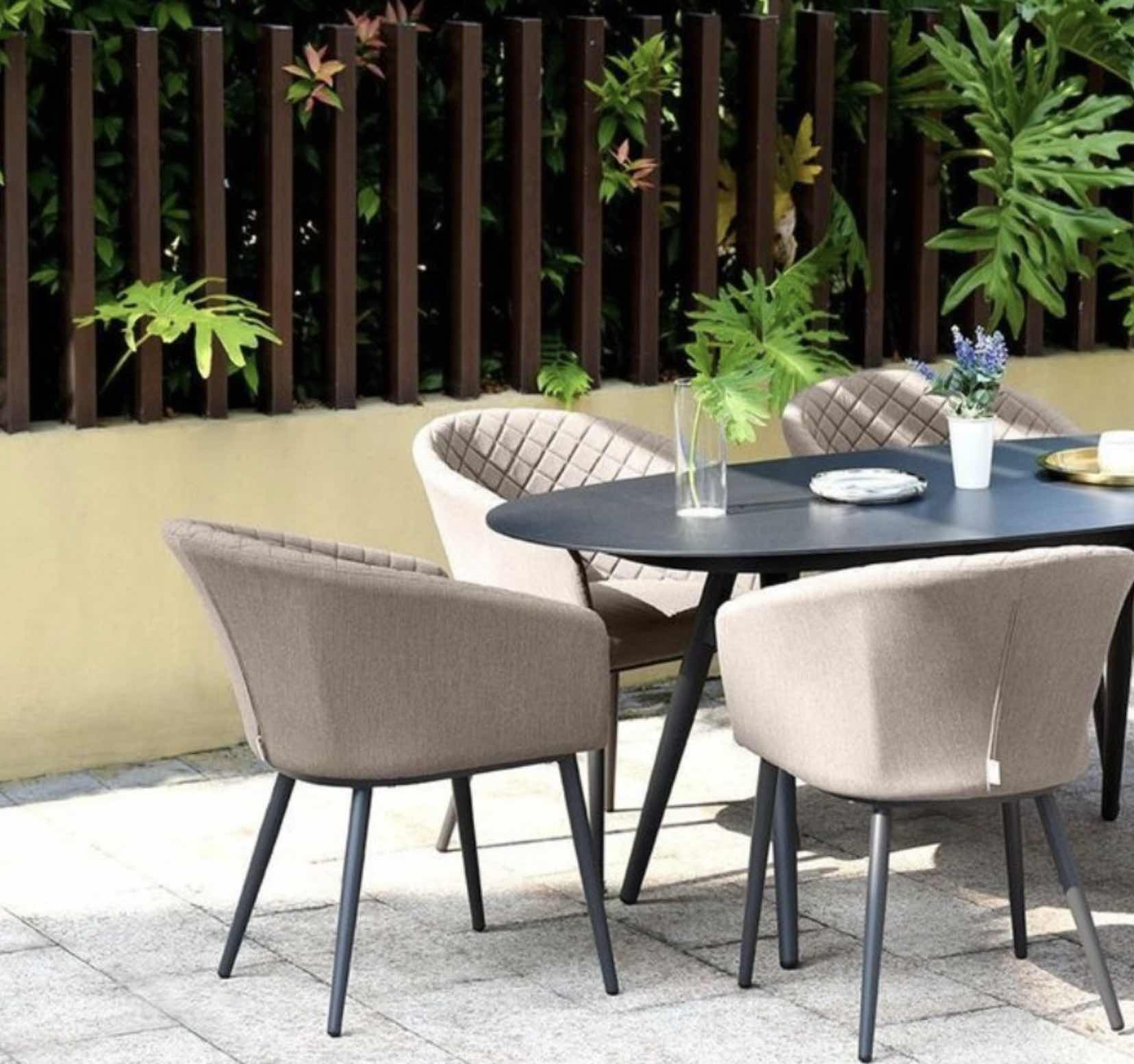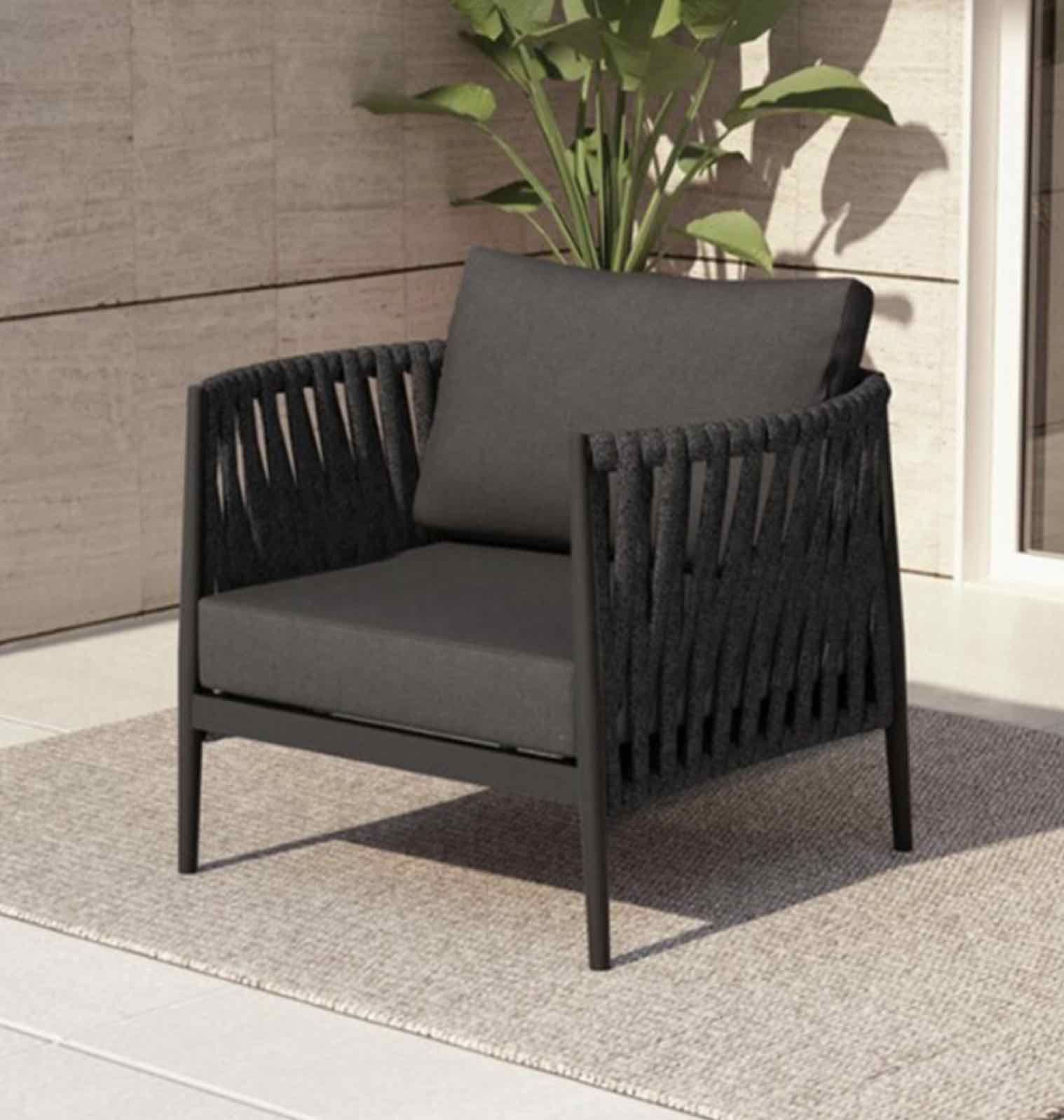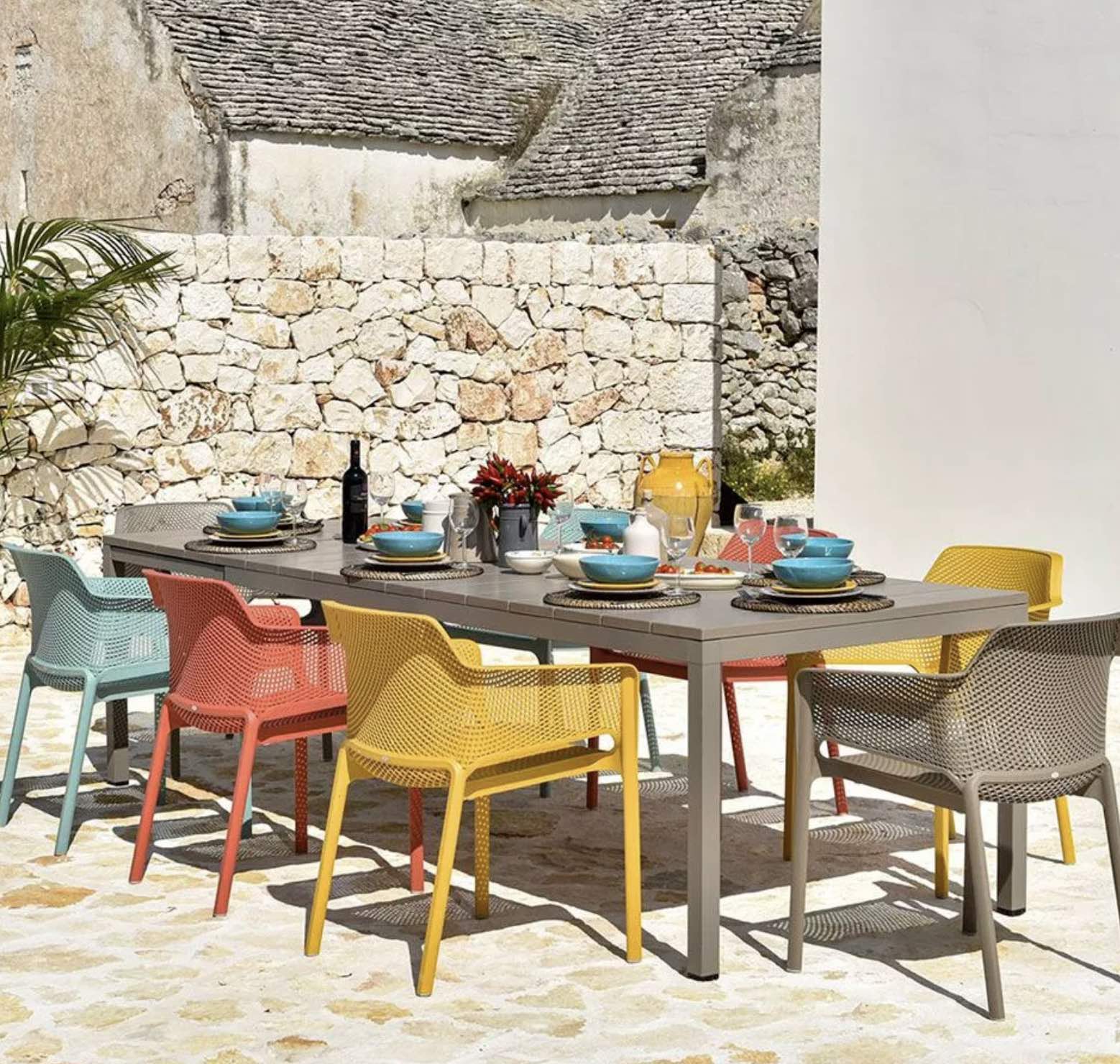How To Protect Your Outdoor Furniture From Water Damage
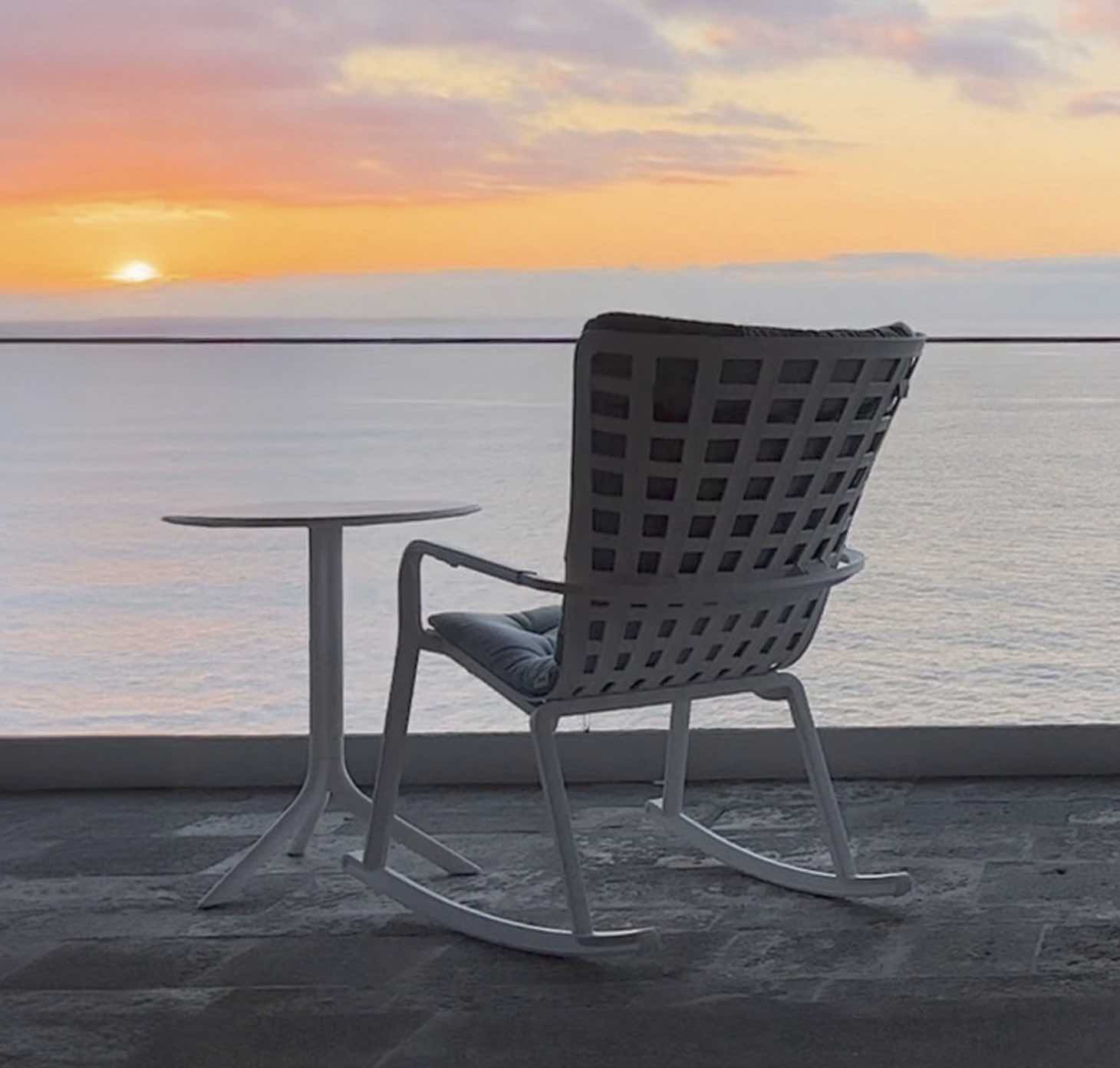
As you might expect, rain and water damage can be extremely destructive to your outdoor furniture. This is especially true for furniture pieces that are constructed of wood or steel. The damage can be exponential for wood or metal that has not been treated with some type of protective paint, sealant, or coating. Even if it has received this treatment, over time it can wear off and require reapplication. Therefore, proactive measures and regular maintenance are crucial to extend the life of your outdoor furniture. Read our tips for how to protect your outdoor furniture from water damage here at Outdoor Furniture Ideas.
Wooden Outdoor Furniture Damage Types
Wooden outdoor furniture is particularly susceptible to various types of damage caused by exposure to rain and moisture. Some common issues include:
Warping: Prolonged exposure to moisture can cause wooden furniture to warp, leading to misshapen pieces that may no longer function properly.
Cracking: As wood absorbs water, it expands, and when it dries out, it contracts. This repeated cycle can cause the wood to crack over time.
Wood Rot: Constant exposure to water can lead to wood rot, which weakens the structure of the furniture and can render it unusable. Certain wood types, like cedar, redwood, and teak, contain natural preservatives that can help them withstand rain damage for some time. However, softer woods can last longer if they are chemically treated; eventually, just about every wood type can succumb to water damage if not properly maintained.
Metal Outdoor Furniture Damage Types
Metal outdoor furniture is susceptible to a range of damage types when exposed to moisture and the elements. One of the most common issues is rust, which occurs when iron or steel furniture oxidises due to prolonged contact with water. Rust not only affects the appearance of the furniture, causing unsightly orange or brown patches, but it also weakens the metal, leading to structural damage over time.
Aluminium furniture, although resistant to rust, can suffer from corrosion and pitting if not properly treated or maintained. Furthermore, metal furniture can experience paint chipping and peeling, which exposes the bare metal to further weathering. To prevent these types of damage, it's essential to apply protective coatings, perform regular maintenance, and store metal furniture properly when not in use.
How to Protect Your Outdoor Furniture
Here are some key ways to help protect your wood and metal furniture against water damage:
Apply Water-Resistant Paint or Sealant: Protect both wood and metal furniture with a coating that's appropriate for the specific material as well as the weather conditions you face in your climate. Ensure that the surface is completely dry and appropriately treated and sanded before you apply the coating. Reapply the protective layer as needed, typically once a year, to maintain its effectiveness.
Store It in the Shade: Outfitting your patio area with an umbrella, sunshade, or awning won't keep 100% of rainwater away from your furniture, but it can help a great deal. Keeping your furniture in a covered area can also help protect it from sun and UV damage, which can further degrade materials over time.
Use Furniture Covers: Another good technique to shield your furniture from the elements, such as rain, is to cover it when not in use. Superior waterproof covers can keep moisture out of the furniture, thus lowering the chance of water damage. Make sure the covers are firmly in place, and occasionally inspect them for tears or leaks.
Opt for Durable Synthetics: When thinking of how to protect your outdoor furniture from water damage, you can avoid the perils of rain damage to wood or metal furniture altogether by opting for high-quality synthetic furniture material. Many modern outdoor furniture sets are made from materials like high-density Sunbrella or polypropylene resin, such as our Nardi Outdoor Furniture, which are both UV and weather-resistant. These materials are characterised by strong resistance to water damage as well as atmospheric pollutants, making them an excellent choice for long-lasting outdoor furniture.
Additional Tips for Protecting Outdoor Furniture
Elevate Your Furniture: Water gathering around the legs and bases of your furniture can be avoided by making sure it is slightly raised off the ground. Raised feet on furniture or the addition of protective pads can enhance drainage and airflow, lowering the possibility of water damage.
Frequent Cleaning and Maintenance: Cleaning your outdoor furniture on a regular basis will help get rid of debris, mould, and mildew, which can trap moisture and cause damage. For basic cleaning, use mild soap and water; stay away from harsh chemicals as they may erode protective coatings. Read our guide on how to effectively clean your outdoor furniture.
Invest in High-Quality Cushions and Fabrics: Choose outdoor cushions and fabrics that are specifically designed to withstand moisture and UV exposure. Many high-quality outdoor fabrics are treated to resist water and prevent mildew. Additionally, storing cushions indoors when not in use can significantly extend their lifespan.
Seasonal Storage: If you live somewhere with severe winters, you might want to think about keeping your outdoor furniture indoors or under cover during the off-season. This can shield it against harsh weather, extended exposure to moisture, and other harmful substances.
Regular Inspections: Check your furniture frequently for wear and tear indicators like paint flaking, rust stains or wood cracks. By using wood filler, rust remover, or touch-up paint to address these problems as soon as they arise, small damage can be stopped before it gets worse.
Consider The Placement Of Your Outdoor Furniture
When thinking how to protect your outdoor furniture from water damage, consider the overall layout and placement of your outdoor furniture. Positioning your pieces strategically can also contribute to their longevity. For example, placing furniture under eaves or near walls can provide extra protection from the elements. Additionally, creating designated storage spaces, such as sheds or storage benches, can offer convenient solutions for safeguarding your furniture during extreme weather conditions.
By combining these techniques with routine upkeep and high-quality protective coverings, you can prolong the life of your outdoor furniture while also making sure that your outdoor area is comfortable and welcoming all year round. You will be able to enjoy the comfort and style of your outdoor living area for many years to come if you put in the time and effort to safeguard your outdoor furniture.
To Conclude
The potential of water and rain damage to your outdoor furniture is high, that’s why it’s important to take the steps to effectively protect your outdoor furniture from water damage. Maintaining your outdoor furniture to ensure it's visually appealing, safe, and structurally sound for many more seasons by following these suggestions and ideas. Your investment in outdoor furniture will continue to improve your outdoor living environment for many years with proper upkeep, the suitable materials, and protective measures. Always remember that maintaining the aesthetic appeal and practicality of your outdoor furniture only requires a small amount of preventive maintenance.






